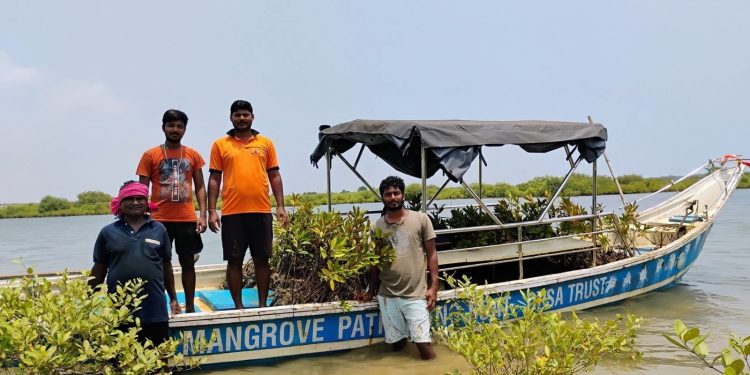World Mangrove Day, observed every year July 26, highlights the vital role mangrove forests play in protecting coastlines, sustaining biodiversity, and combating climate change. Mangroves are unique ecosystems found along tropical and subtropical coasts, where saltwater and freshwater meet. These resilient trees grow in challenging conditions, anchoring themselves in soft, waterlogged soils and thriving where few plants can survive. Mangroves are often called ‘nature’s buffer zones’.
They shield coastal communities from storm surges, tsunamis, and erosion by absorbing wave energy. Their complex root systems trap sediments and help build land, making them a natural defence against rising sea levels. Beyond their protective role, mangroves are biodiversity hotspots. They provide nurseries for countless marine species, shelter for birds and animals, and livelihoods for millions of people through fishing, tourism, and honey collection. They also store vast amounts of carbon, playing a crucial part in climate regulation. However, mangroves are under severe threat. Over the past few decades, urban development, aquaculture, pollution, and deforestation have caused the loss of nearly half of the world’s mangrove cover. This not only endangers wildlife but also increases the vulnerability of coastal populations.
‘World Mangrove Day’ serves as a reminder of the urgent need to conserve, restore, and sustainably manage these ecosystems. From community-led conservation in Odisha’s coastal belt to reforestation efforts in Indonesia, actions around the world are demonstrating that recovery is possible. On this day, let us recognise the silent strength of mangroves and take steps—big or small—to protect them. Whether it’s participating in a tree-planting drive, supporting policies that protect coastal habitats, or simply learning more about these remarkable trees, every action counts. Mangroves are not just trees—they are lifelines. Let’s stand for them as they stand for us.






































